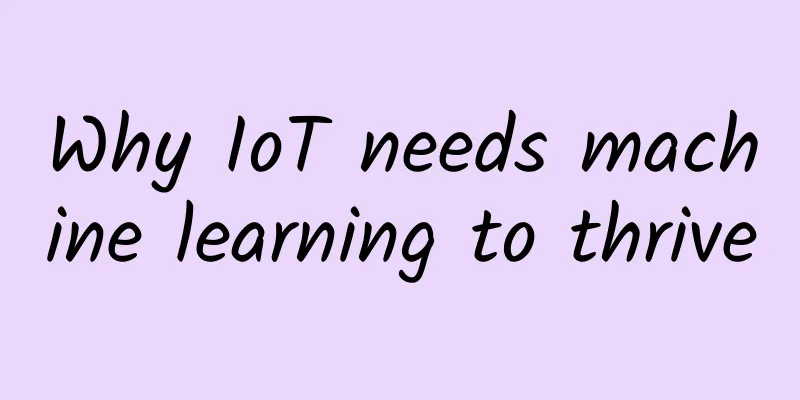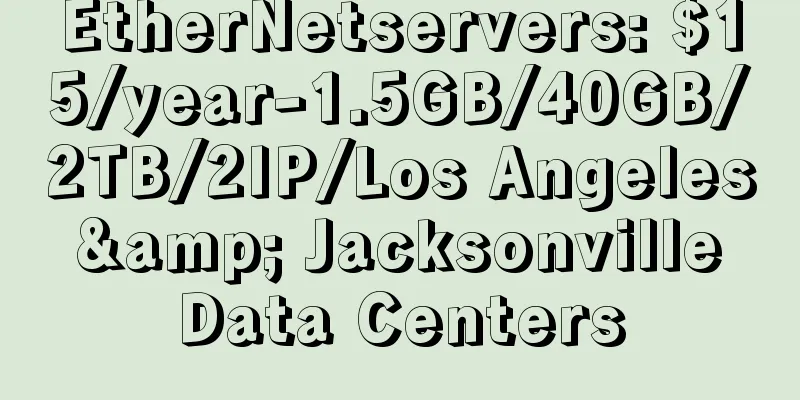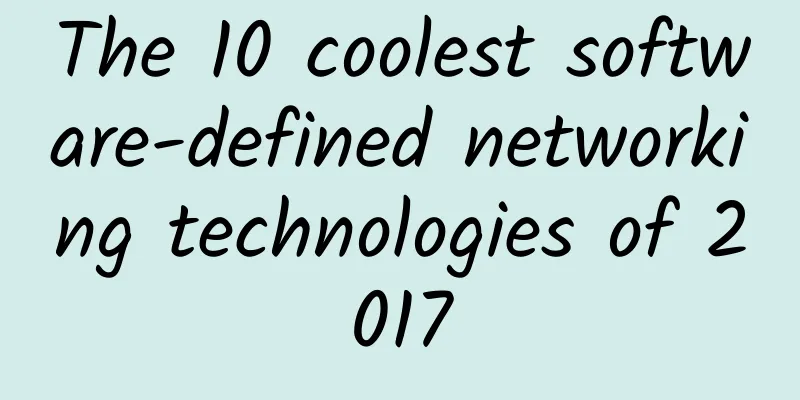Why IoT needs machine learning to thrive

|
There has been a lot of discussion about the opportunities and threats of technologies such as big data and artificial intelligence, and concerns about their future. At the same time, companies hope to improve efficiency and reduce costs by installing more and more sensors. However, machine learning consultants at InData Labs say that without proper data management and analysis strategies, these technologies will only generate more noise and fill up more servers. Instead of realizing their actual potential. Is there a way to convert simple sensor recordings into actionable industry insights? The simple answer is yes, it lies in Machine Learning (ML).
Machine learning capabilities The scope of ML is to mimic the way the human brain processes inputs to produce a logical response. Where people rely on learning, training or experience, machines require an algorithm. Furthermore, as each of us grows in our knowledge base, we adjust our responses, become more skilled and begin to apply selectively. Replicating this self-regulating behavior in machines is the end point of ML development. To learn, the computer is shown raw data and tries to make more sense of it. As it develops, it becomes more experienced and produces more and more complex feedback. Challenges of IoT In the broad realm of the Internet of Things (IoT), we can find everything from smartphones to smart refrigerators to sensors that monitor industrial processes. However, there are at least four fundamental issues related to IoT implementation that need to be addressed:
Why use machine learning for IoT? There are at least two main reasons why machine learning is a suitable solution in the field of IoT. The first is related to the volume of data and automation opportunities. The second is related to predictive analytics. Data analysis automation Let’s take automotive sensors as an example. As a car drives, the sensors record thousands of data points that need to be processed in real time to prevent accidents and provide comfort to passengers. Human analysts cannot perform such a task for each car, so automation is the only solution. Through machine learning, the vehicle's central computer can understand dangerous situations, such as speed and friction parameters, which may be harmful to the driver and engage safety systems on the spot. The predictive power of ML Going back to the car example, the real power of IoT lies not only in detecting immediate hazards but also in identifying more general patterns. For example, the system could understand a driver who turns too tightly or has difficulty parallel parking and help him or her by providing additional guidance in these matters. The most useful feature of ML for IoT is that it can detect outliers and unusual activities and trigger necessary red flags. As it learns more about a phenomenon, it becomes more accurate and effective. A great example is what Google did with its HVAC system, significantly reducing energy consumption. Last but not least, there is also the opportunity to create models that can predict future events very accurately by determining the factors that lead to specific outcomes. This provides an opportunity to play with the inputs and control the outcomes. How is it supposed to work? It is crucial to understand that when an IoT system relies on human input, it can fail. It needs the support of machine learning to become a fully consistent system that can withstand human errors. In an interconnected world, human errors are quickly corrected by algorithms. This helps optimize the entire process through feedback mechanisms. The predictive component of the system can identify the correct inputs to get the expected outputs. When powered by ML, IoT can work perfectly on an individual level so that you don’t mess up your morning routine, for example, on a collective level. The latter scenario can be illustrated by connected cars that can communicate with each other and perform dynamic rerouting to avoid traffic jams. From Big Data to Smart Data The advice to “work smarter, work harder” is very appropriate for managing the data generated by IoT and turning it into useful insights. While Big Data is all about overcoming the challenges posed by the 3Vs, Smart Data can refer to: ● Clean sensor data on-site before sending it to the cloud for analysis ● Pre-processed batches of sensor information, ready to be transformed into actionable insights In both cases, the added value of machine learning is that it can acquire intelligent data and make ML models work faster and more accurately. |
<<: Network Slicing "Hot Pot Theory": Same Pot, Different Dreams
>>: ICMP protocol full analysis
Recommend
Kuroit: £5/month-dual-core/4GB/50G NVMe/3TB/Singapore & Los Angeles data centers
Kuroit is offering a special promotion for VPS in...
V5.NET: 30% off for first order from new customers, Hong Kong dedicated server as low as HK$385 per month
V5.NET mainly provides independent server rental ...
DMIT: Hong Kong CN2 GIA/Japan CN2 GIA line large bandwidth annual payment starting from US$199
DMIT.io has launched this year's summer promo...
What is the process of DNS domain name resolution?
Interviewer: Please tell me what the process of D...
LOCVPS new Japanese SoftBank line VPS, native IP, 20% discount promotion
After the Lunar New Year, LOCVPS launched a new V...
Analysis on the application of narrowband Internet of Things (NB-IoT) in traffic infrastructure safety monitoring
Safety monitoring of transportation infrastructur...
Five ways edge computing drives digital business
Every industry has created a new normal: if your ...
How to Develop an Effective Data Center Management Services Plan
Any organization that uses UPS power supplies hop...
What is network latency? How can I minimize it?
Network latency is not a new term. In modern Ethe...
Adding more content rights makes 5G packages more popular
China Telecom's 5G package users have accumul...
The story behind 2.5 million 5G users in 5 months
[[275646]] South Korea's 5G development speed...
Five driving forces and four challenges for 5G development
At the end of June, MWC19 Shanghai was once again...
New infrastructure defines the new connotation of data center
At this year's National People's Congress...
2020 IT Salary Survey: What are the higher-paying positions?
According to data from research and consulting fi...
After 20 years of growing together with Chinese users, F5's "From Code to Users" concept will start again in 2020!
[51CTO.com original article] At 9:00 am on May 20...





![[11.11] Megalayer: 60% off Hong Kong/US high-defense servers, 60% off Hong Kong Alibaba/Huawei cloud hybrid servers, US servers 199 yuan/month](/upload/images/67cabd292c61f.webp)



